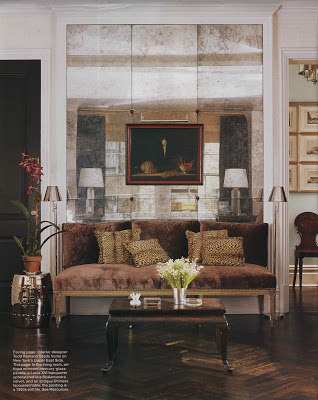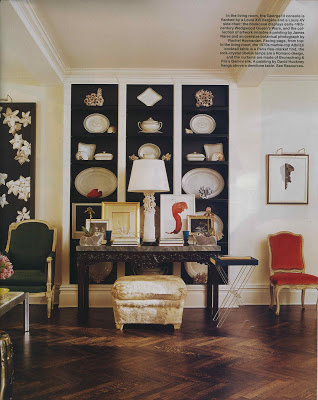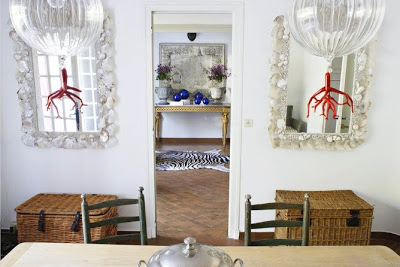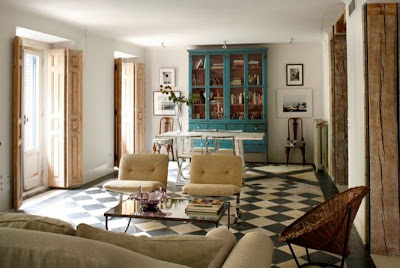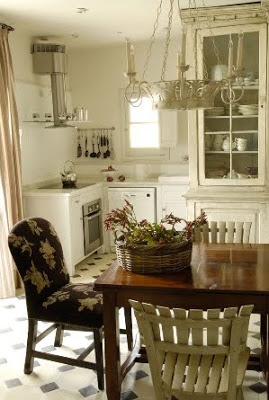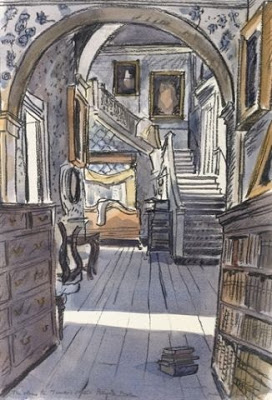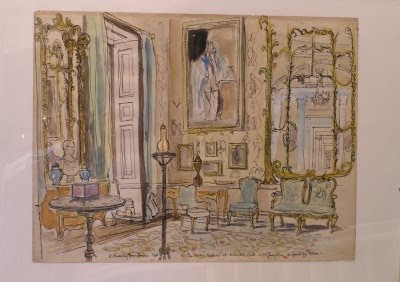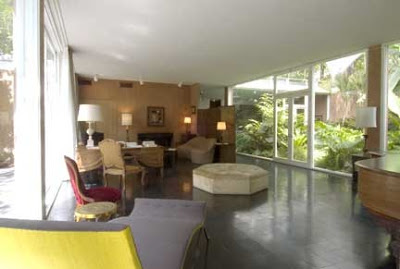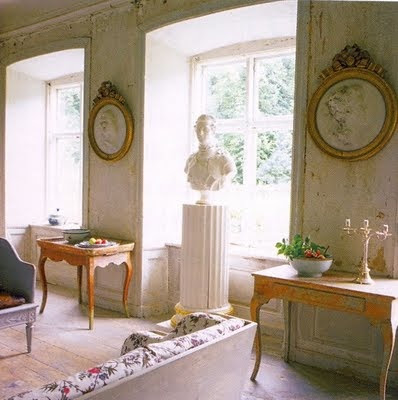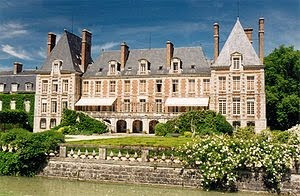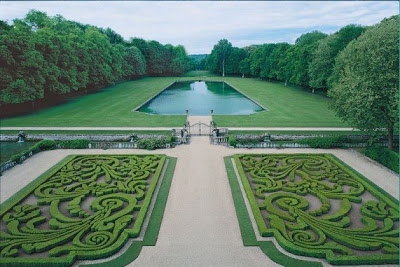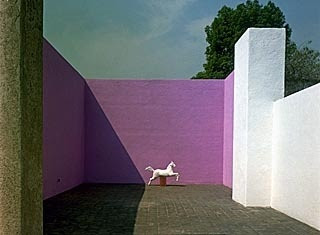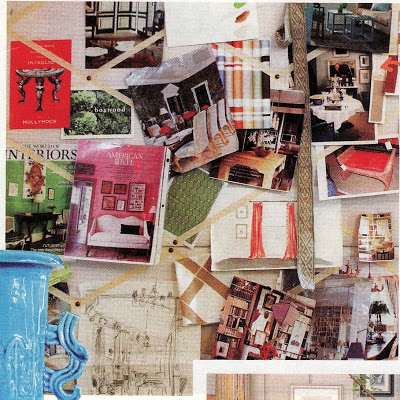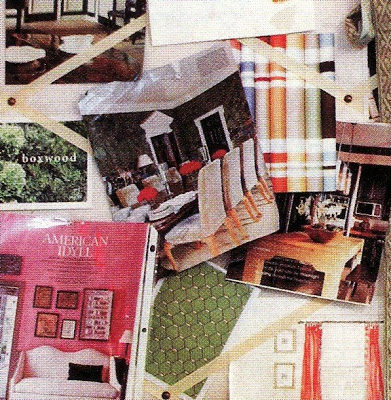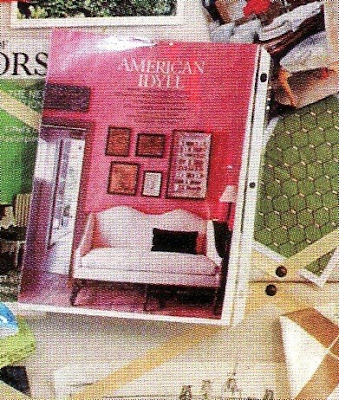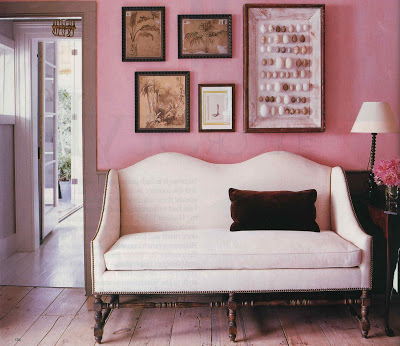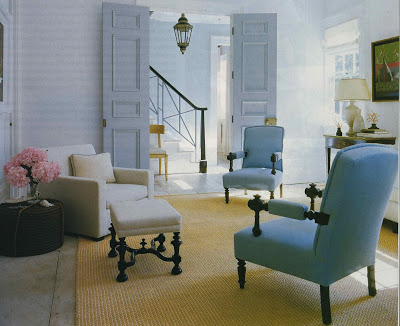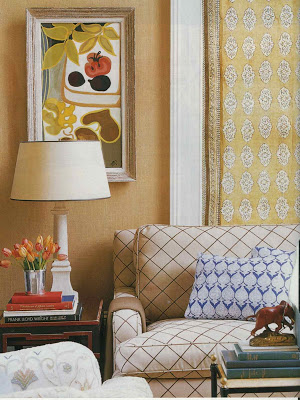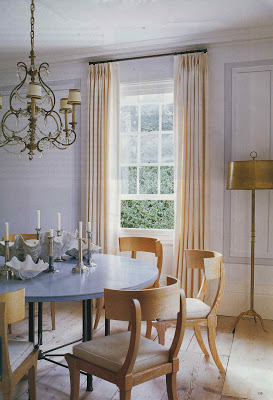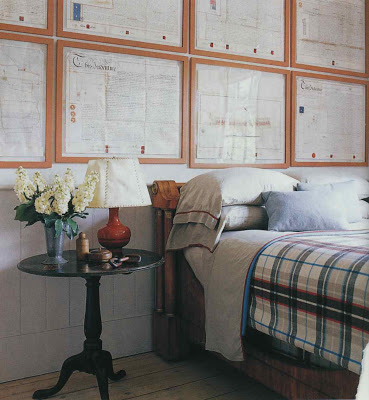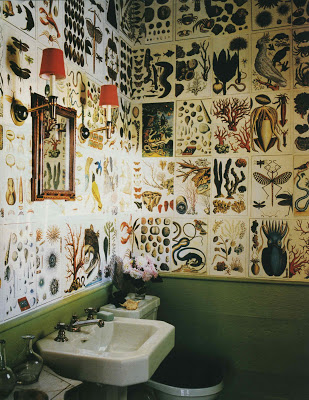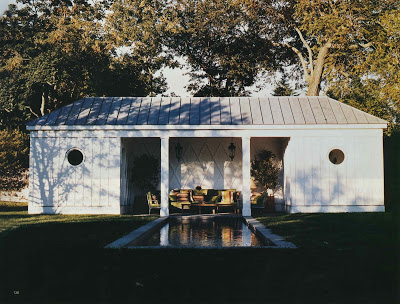Fast forward another 25 years and I learn that that place belonged to the Englishman
Teddy Millingon-Drake. A decorator, painter and friend to half the world in the decorative arts.
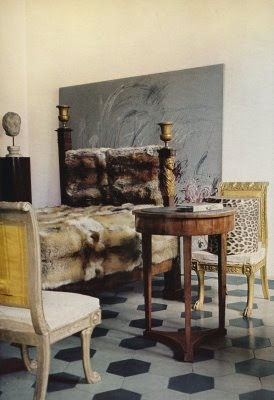
To me the world of interior design would not have been the same without the amazing eye of an American painter who, in the 50’s, moved to Italy. Cy Twombly has created some of the most outstanding rooms in the second half of the 20th century. His various residences have a modernity and a timelessness that is moving and captivating. His incredible deft at mixing classicism with modern art still is a bottomless well of inspiration for myself and countless decorators.
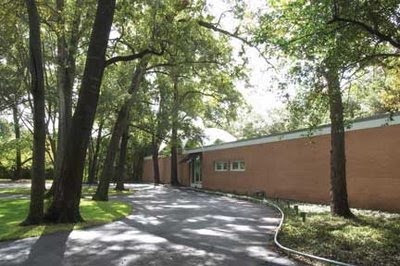
I grew up in Argentina in the 70’s. Everybody we knew, family and friends, either lived in modern glass houses or inherited old homes built at the turn of the 20th century with clear European inspirations. It was only later when I moved to New York and began working as an editor that I became aware of the difference between people of modernist or classicist taste.
And then one day I went to Houston and I saw the
DeMenil House. I realized why, during my childhood and adolescence, I was never aware of old or new taste. See, the de Menils hired Philip Johnson to build them a glass box and later a New York couturier, Charles James, to furnished it. Few of us understand today that a modern house need not be decorated with contemporary furniture. James created atmospheres where the new met the old. Where the clinical met the sensual. Where color met blank spaces.
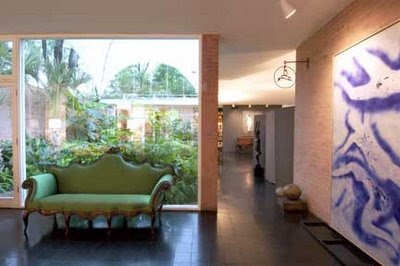
It was a bit what I had experienced as a child, whether we lived in old houses or new houses we always felt the presence of the past through hand me downs or purposefully bought antiques. James invented a language which, unfortunately, has not been necessarily understood by a generation of architects that came after the house was built and decorated.
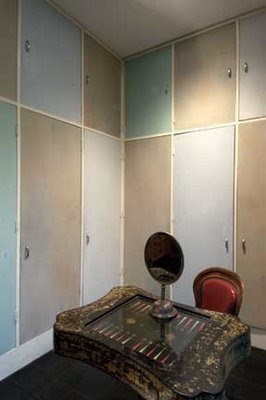
Stephen Sills and James Huniford created a masterpiece in the early 1990’s. It is an hour north of New York City. It is dreamy and subtle and so, so grand. It became a bit the ABC of their style, a little Monticello. The low armless sofas, the over sized plaster vases, the Louis XVI chairs, the Rauchensbergs and Fontanas, leaves instead of flowers, stone floors and lacquered walls, pale blues, grays, chartreuse greens.

I can’t help but be mesmerized at the beauty of it all. It is one of the major triumphs of American design in the last 30 years.
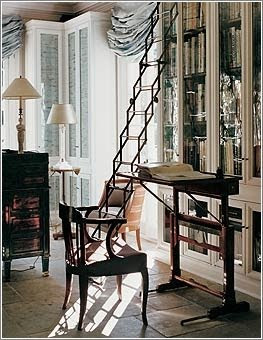
The ivy growing in the wall… Rose Tarlow, need I say more?


Lars Sjoberg may one day become a national hero in Sweden. He has done more to reclaim and re-discover the 18th Century in his own country than the rest of the Swedish design community put together.
A watershed article in the World of Interiors in the mid 1980’s on his property Regnholm became the starting point of a love affair with those white, subtle rooms that we have come to known as “gustavian” (after King Gustav lll). Today Sjoberg owns about ten houses and they have all become his laboratories to study and re-fresh an era (1700’s) which has become his passion.
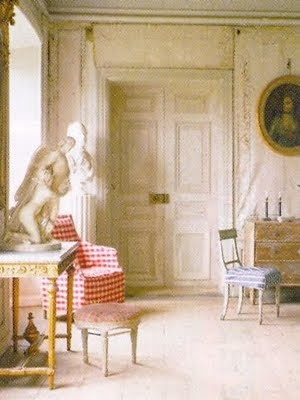
(Andre) Le Notre designed gardens, and gardens are made of rooms. I am including him in this list. The master gardener, the creator of Versailles and Vaux le Vicompte. The grand tamer of nature, logical, measured, musical.
Although I can not help but marvel at his masterpieces, it is a smaller one, and less known that moves me – the gardens of
Courances, a chateau to the south east of Paris, still in private hands, but more intimate, private and measured.
A symphony none the less. Whether under summer rain or in brilliant snow the garden is a masterpiece, timeless and unmeasurable. At times grand and imposing, at times shy and quiet. Always poetic.
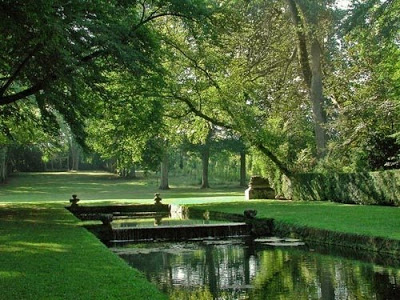
Luis Barragan is the grandest name in Mexican architecture as far as the 20th century goes. And what a decorator. His monastic eye gave him set standards to bear. And yet he created a language where the strict becomes sensual; the holy, decadent; and the colorless, a riot of hues.
His house in a nondescript Mexico City suburb is a mini temple to his passion for clean lines, luxurious nature, religious art and a passion for horses. At times claustrophobic like a monk’s cell and yet as liberating as a grand cathedral. Totally modern and timeless.”
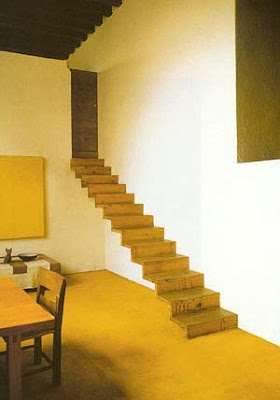 It is an incredibly insightful compilation and I am grateful that Miguel took the time to share it with me.
It is an incredibly insightful compilation and I am grateful that Miguel took the time to share it with me.
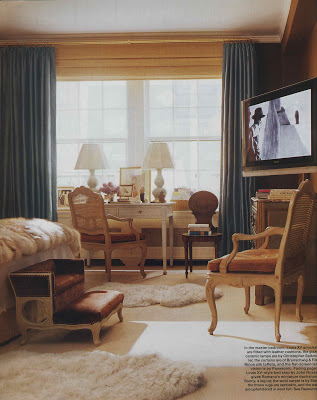 This apartment is not in Jayne’s book (Which I hate to point out, “Oh, we missed you at the Winthrops. Hmm..? What’s that? Not invited, oh dear.” No, I don’t mean to do that.) but it pops into my head so often. It was the one spot that I missed after a very satisfying read. (Goodness, this is coming out all wrong; more on Jayne’s book later. “Gertrude Winthrop how could you have not invited the Bullstrodes.” Absolutely not what I mean to imply.)
This apartment is not in Jayne’s book (Which I hate to point out, “Oh, we missed you at the Winthrops. Hmm..? What’s that? Not invited, oh dear.” No, I don’t mean to do that.) but it pops into my head so often. It was the one spot that I missed after a very satisfying read. (Goodness, this is coming out all wrong; more on Jayne’s book later. “Gertrude Winthrop how could you have not invited the Bullstrodes.” Absolutely not what I mean to imply.)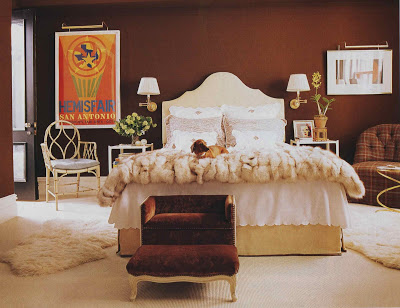 Romano’s home is just so darned elegant and comfortable at the same time. The Albers, the Queensware, the white walls and leopard. It makes me want to know him. That’s the point, right?
Romano’s home is just so darned elegant and comfortable at the same time. The Albers, the Queensware, the white walls and leopard. It makes me want to know him. That’s the point, right?


